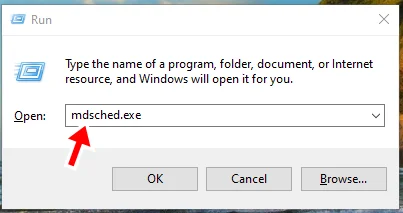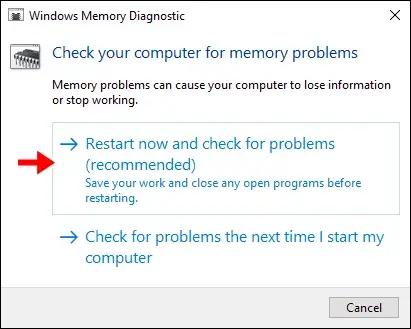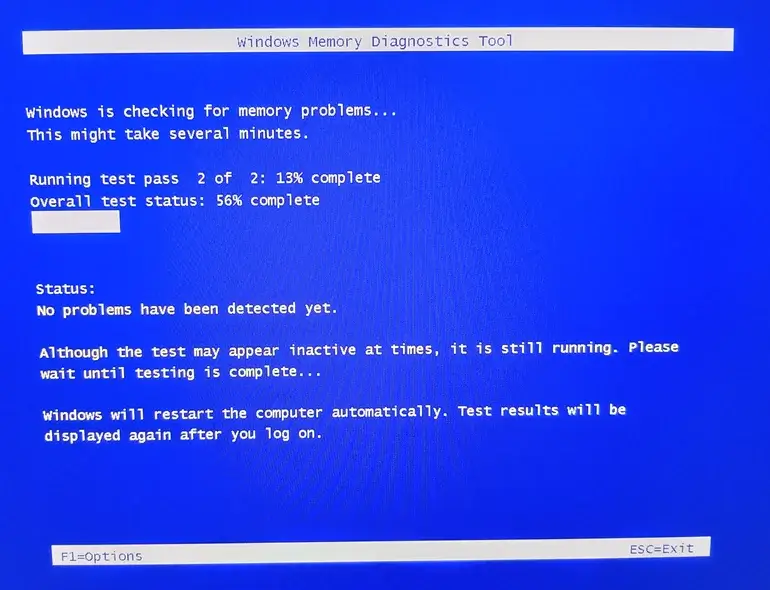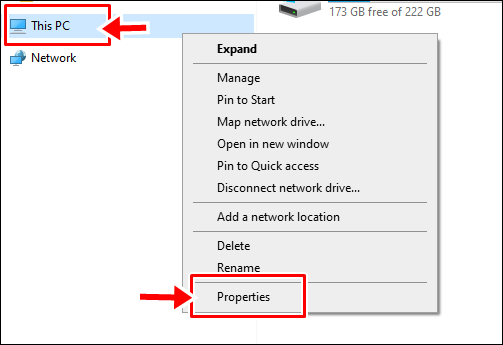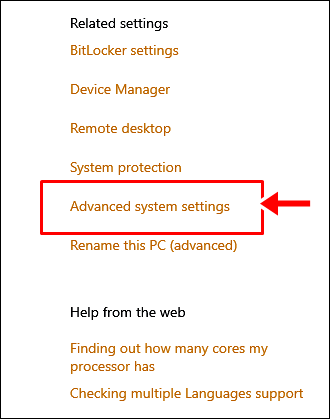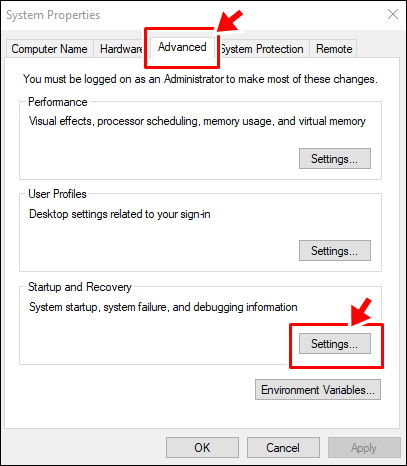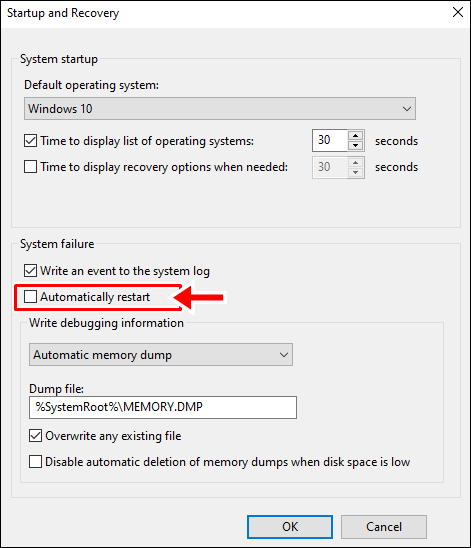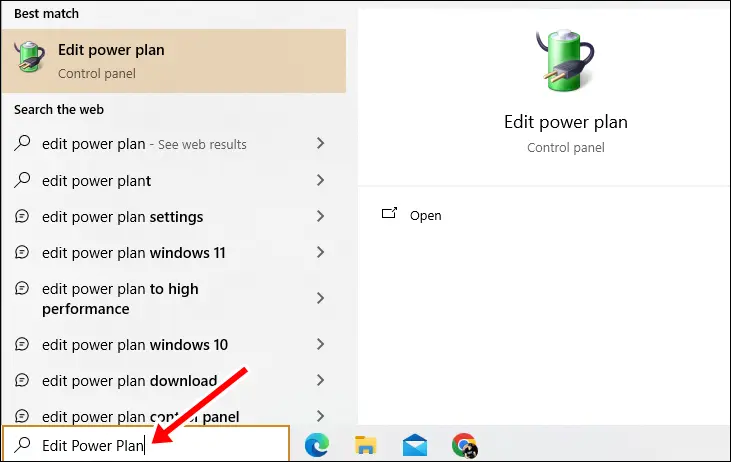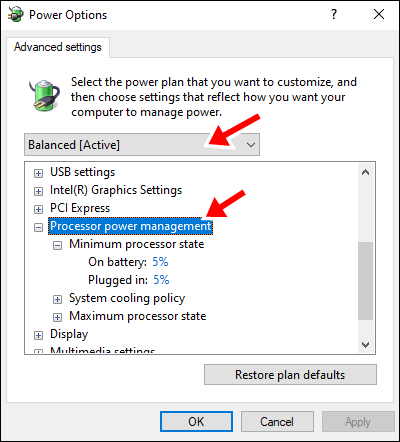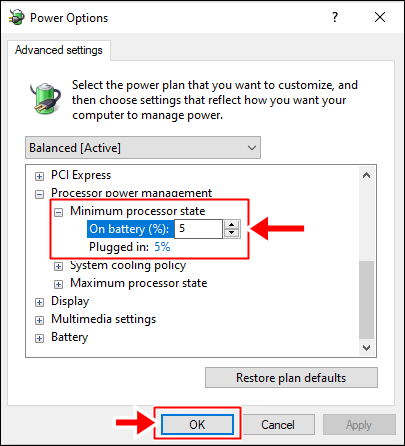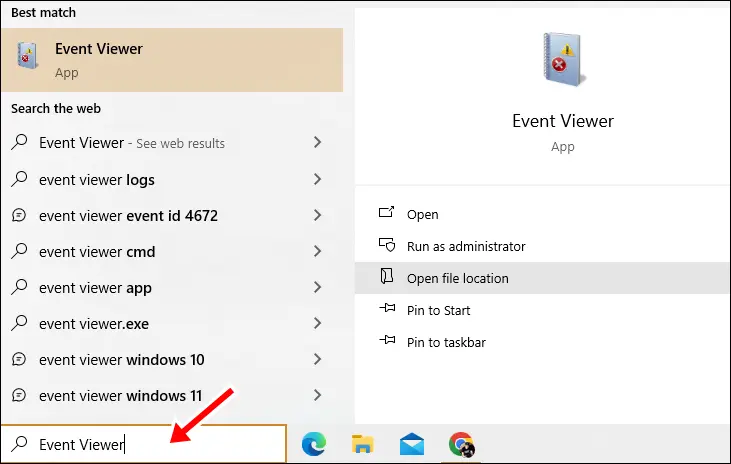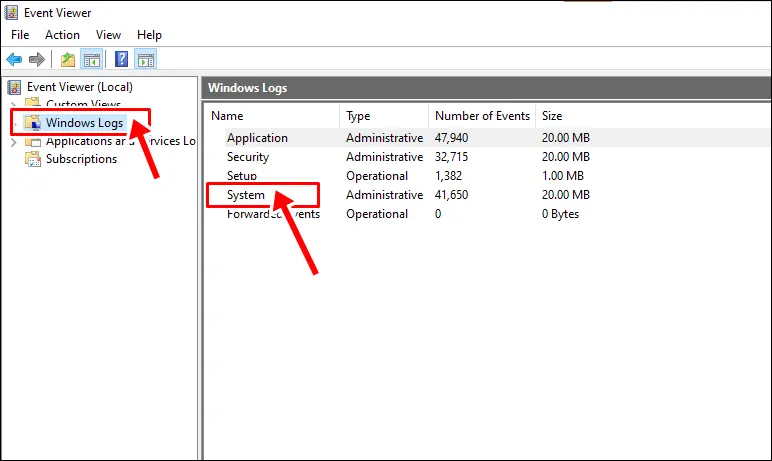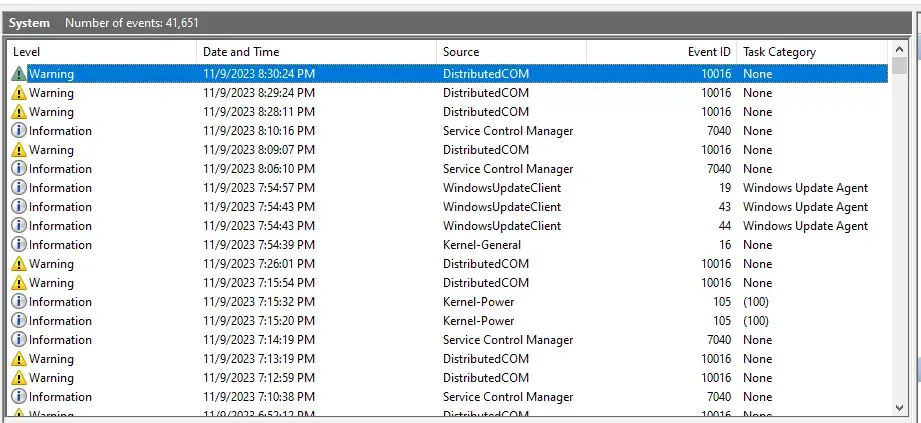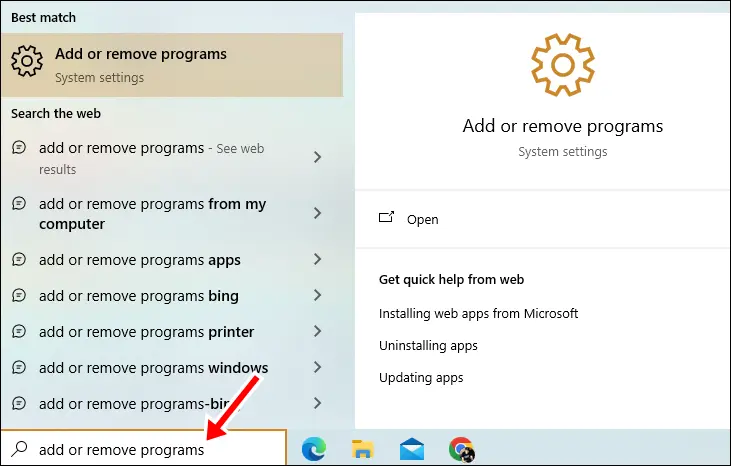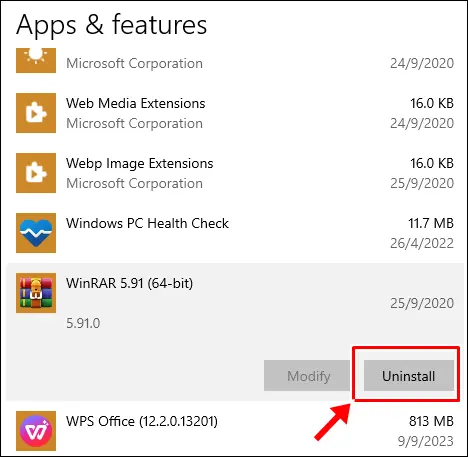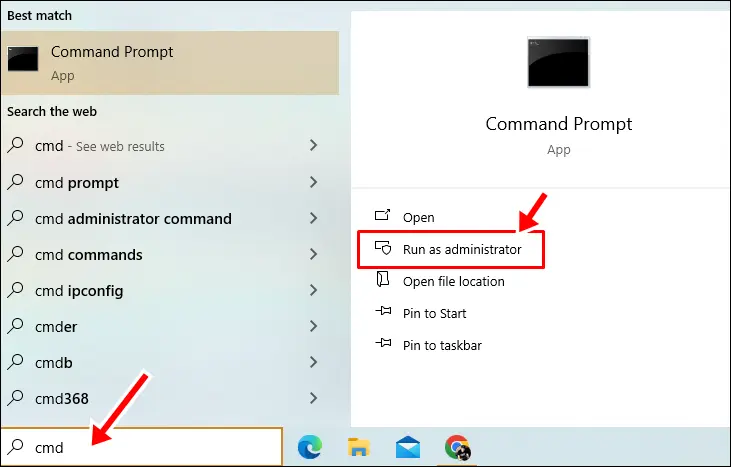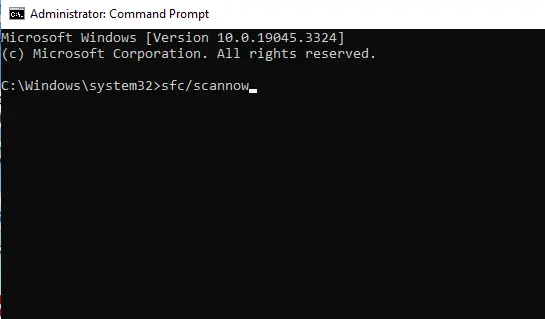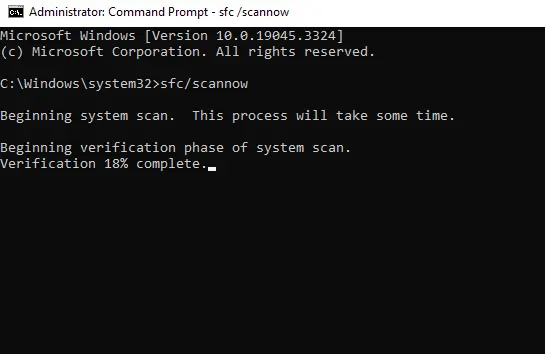PC randomly restarts can be incredibly frustrating and disruptive, often catching us off guard in the middle of important tasks or gaming sessions. In this blog post, we will share 15 useful tips to help you stop random restarts and regain control over your PC.

How to Fix a PC That Randomly Restarts
Here are 15 helpful tips to fix this issue. You don’t have to try all of them, just go through the list until you find the one that helps.
1. Ensure Adequate Power Supply
A stable power supply is the backbone of a trouble-free computing experience. Start by checking if your power outlet is functioning correctly. Loose or damaged outlets can cause intermittent power disruptions that lead to random restarts.
Consider using a surge protector to safeguard your PC against electrical fluctuations. Surge protectors act as a buffer, absorbing surges in voltage and ensuring that your computer receives a consistent flow of electricity.
2. Update Drivers
Outdated or incompatible drivers can wreak havoc on your system stability, leading to a randomly restarts PC. Manufacturers regularly release driver updates to improve compatibility and fix known issues.
To keep your drivers up to date, visit the manufacturer’s website for your specific hardware components, such as your graphics card, motherboard, and network adapter. They usually provide downloadable drivers and update instructions.
3. Scan for Malware and Viruses
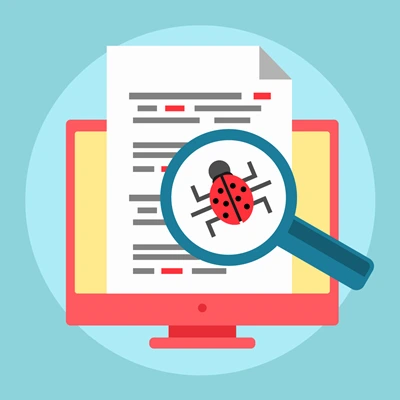
Malware and viruses are notorious for causing PC problems, including random restarts. Reliable antivirus software can act as your first line of defense. Perform thorough scans on a regular basis to detect and remove any potential threats.
4. Monitor Temperature Levels
Overheating is a silent culprit that can trigger a randomly restarts PC. Your PC’s internal components generate heat during operation, and excessive heat can lead to instability. Install temperature monitoring software to keep an eye on your CPU and GPU temperatures. Ideally, these temperatures should stay within safe limits.
Additionally, cleaning dust from your PC’s fans and vents is crucial for proper ventilation. Dust buildup can obstruct airflow, causing components to overheat and prompting the system to restart unexpectedly.
Read also: How to Reduce CPU Usage While Gaming
5. Verify Hardware Compatibility
Before adding new hardware components to your PC, it’s essential to ensure they are compatible with your existing setup. Incompatibility can lead to conflicts, which may result in your PC to randomly restart.
Always check the manufacturer’s specifications and compatibility lists for your motherboard, CPU, and other critical components.
For instance, if you’re upgrading your RAM, make sure it’s compatible with your motherboard’s memory slots and supported speed. This way, you can avoid potential compatibility issues that might trigger unexpected restarts.
6. Test RAM for Errors
Computer randomly restarts can often be attributed to faulty RAM modules. Imagine you frequently experience crashes while running memory-intensive applications. Testing your RAM can pinpoint whether the memory modules are the culprits and whether you need to replace them.
To identify potential issues with your RAM, run Windows Memory Diagnostic. This tool will scan your RAM for errors and help you determine if faulty memory is the cause of the restarts.
Here’s how:
- Press “Windows + R” to open the “Run” window.
- Type “mdsched.exe” and press OK.
- In the pop-up window, select “Restart now and check for problems.”
- The tool will open and display the progress of the diagnostic process.
After it’s done, your computer will restart and show the results. If any errors were found, they will be fixed.
7. Keep The Operating System Updated
Regularly updating your operating system is vital for maintaining system stability. Updates not only introduce new features but also patch security vulnerabilities and address bugs. Neglecting these updates can leave your system exposed to potential issues that might lead to random restarts.
For example, failing to update your operating system might result in compatibility problems with newly released software, causing unexpected restarts when using those applications.
8. Disable Automatic Restart
By default, Windows is set to automatically restart after a system crash. Disabling this option allows you to view error messages and diagnostic information that can provide valuable insights into the underlying problem.
To disable automatic restart, follow these steps:
- Right-click on “This PC” (or “My Computer”) and select “Properties.”
- Click on “Advanced system settings” on the right sidebar.
- Under the “Advanced” tab, click “Settings” under the “Startup and Recovery” section.
- Uncheck the box that says “Automatically restart” under the “System failure” section.
Now, if your PC experiences a crash, it won’t restart immediately, allowing you to note down any error messages for troubleshooting.
9. Change Advanced Power Settings
Your PC might also restart if the power settings are incorrect.
Here’s how to fix them:
- Type “Edit Power Plan” in the search box from Start and hit Enter.
- You’ll come to the page below. Click ‘Change advanced power settings.’
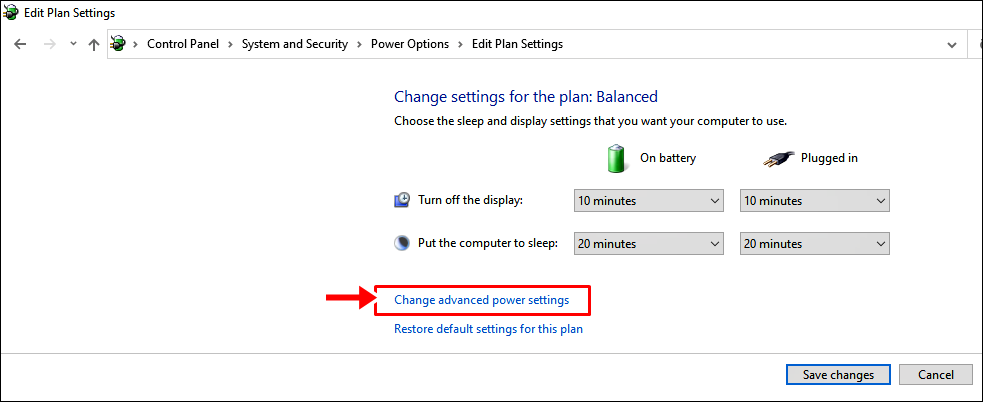
- Stay in the ‘Balanced [Active]’ section and go to ‘Processor power management.’
- Select ‘Minimum processor state’ and set it to 5% or 0%.
- Click the ‘Apply’ follow by the ‘OK’ buttons.
Try using your PC for a few days and see if it still has issues with randomly restarts.
10. Disable Overclocking from The BIOS
When you overclock your CPU or GPU, you increase their clock speed and voltage, pushing these components beyond their recommended limits to improve performance.
However, this also generates more heat and stress. If not managed properly, this excess heat and voltage can cause overheating, crashes, and PC randomly restarts.
If you’ve overclocked your CPU or GPU and your PC is randomly restarting, you should consider adjusting your overclocking settings.
Here’s what you can do:
- Access Your BIOS: Restart your computer and enter the BIOS settings. How you do this depends on your motherboard manufacturer (common keys include F2, Del, or F12 during startup).
- Revert to Default Settings: Within the BIOS, find options related to overclocking or CPU/GPU settings. Look for options like “Load Optimized Defaults” or “Restore Defaults.” This will reset your hardware to its factory settings, turning off overclocking.
- Save Changes and Exit: After returning to default settings, save the changes and exit the BIOS. Your computer will restart with overclocking turned off.
- Monitor for Stability: After disabling overclocking, monitor your PC’s performance over time. Check if the random restarts continue. If they stop, it’s a strong sign that overclocking was the issue.
By turning off overclocking and returning to default values, you prioritize system stability over speed, reducing the chance of random restarts and ensuring a smoother computing experience.
11. Review Event Viewer Logs
The Event Viewer tool in Windows provides detailed logs of system events, including errors and warnings. Reviewing these logs can help you identify patterns or error codes associated with random restarts.
Here’s how to access Event Viewer:
- Type “Event Viewer” in the Windows search bar and open the application.
- In the left panel, expand “Windows Logs” and select “System.”
- Look for critical events or error messages that coincide with the times of your PC’s random restarts. These logs can offer valuable clues about the underlying issues.
12. Uninstall Problematic Applications
Conflicting or poorly developed applications can disrupt your PC system and lead to randomly restarts. If you suspect that a specific application is causing the issue, follow these steps to uninstall it:
- Type “Add or Remove Programs ” in the Windows search bar and open the application.
- Find the problematic application in the list and select it.
- Click “Uninstall” and follow the on-screen instructions.
Removing the troublesome application can eliminate potential disruptions and enhance system stability.
13. Test The Power Supply
A malfunctioning power supply can be a source of random restarts. If you suspect your power supply is faulty, it’s essential to test it. You can do this using a reliable power supply tester or seek professional assistance from a technician who can assess and replace the power supply if necessary.
14. Conduct a System File Check
System file corruption can lead to instability and your PC restarts randomly. Windows includes a built-in tool called System File Checker (SFC) that can scan for and repair damaged system files.
To use SFC:
- Open Command Prompt with administrative privileges by searching for “cmd” and selecting “Run as administrator.”
- Type “sfc /scannow” and press Enter.
- Wait for the scan to complete and follow any on-screen instructions.
SFC will attempt to repair any damaged system files it finds, potentially resolving the issue causing PC randomly restarts.
15. Seek Professional Help
If all else fails, don’t hesitate to seek assistance from a computer technician or support service to address complex hardware or software issues causing random computer restarts.
Pro Tip: Just like computers, Android phones can encounter random restarts. If you’re facing this issue, we have a comprehensive guide on how to fix an Android phone that keeps restarting.
Conclusion
Dealing with PC randomly restarts can be frustrating, but armed with these 15 essential tips, you’re well-equipped to tackle the issue head-on. Each step contributes to a more stable computing experience. Bid farewell to random computer restarts and embrace uninterrupted productivity!

